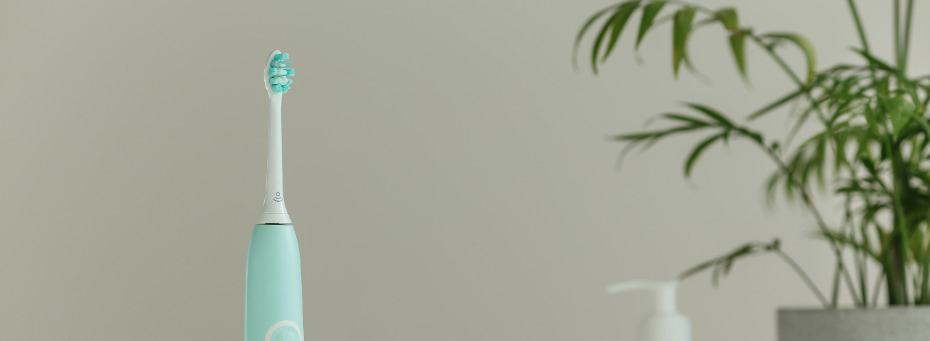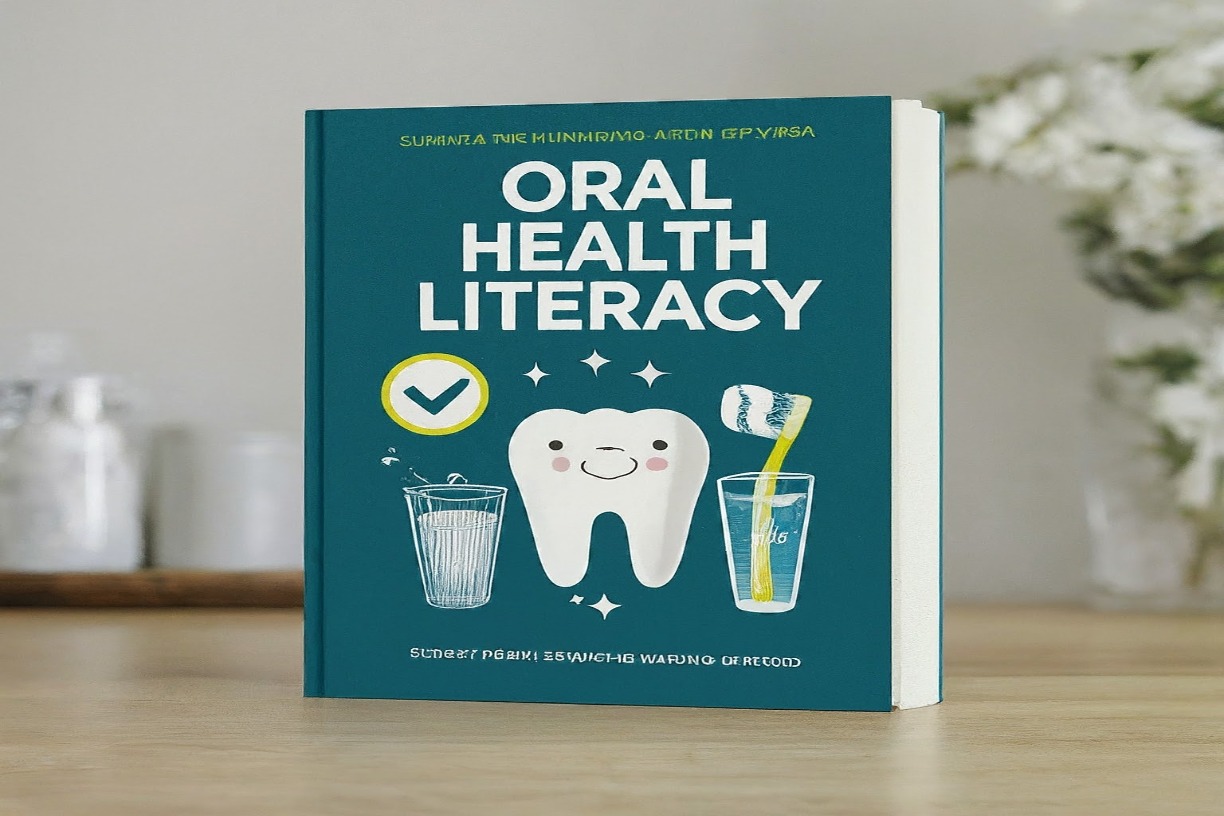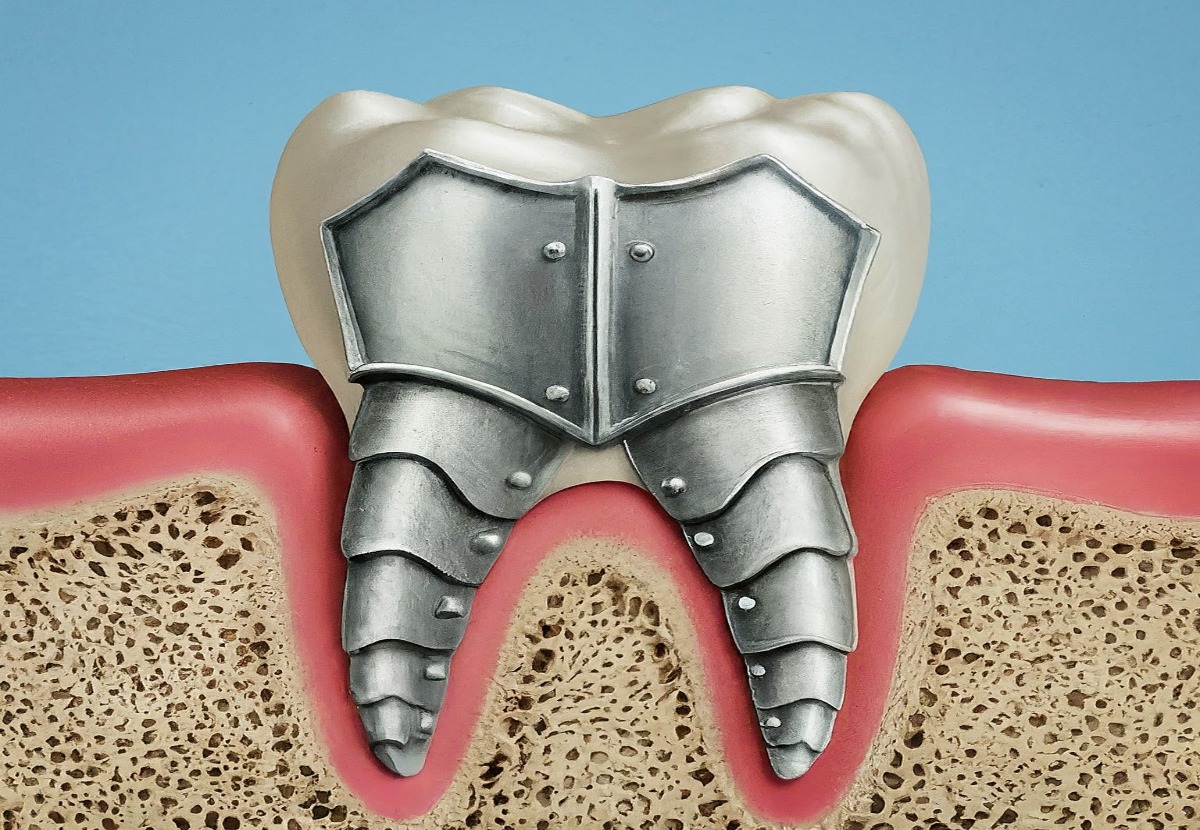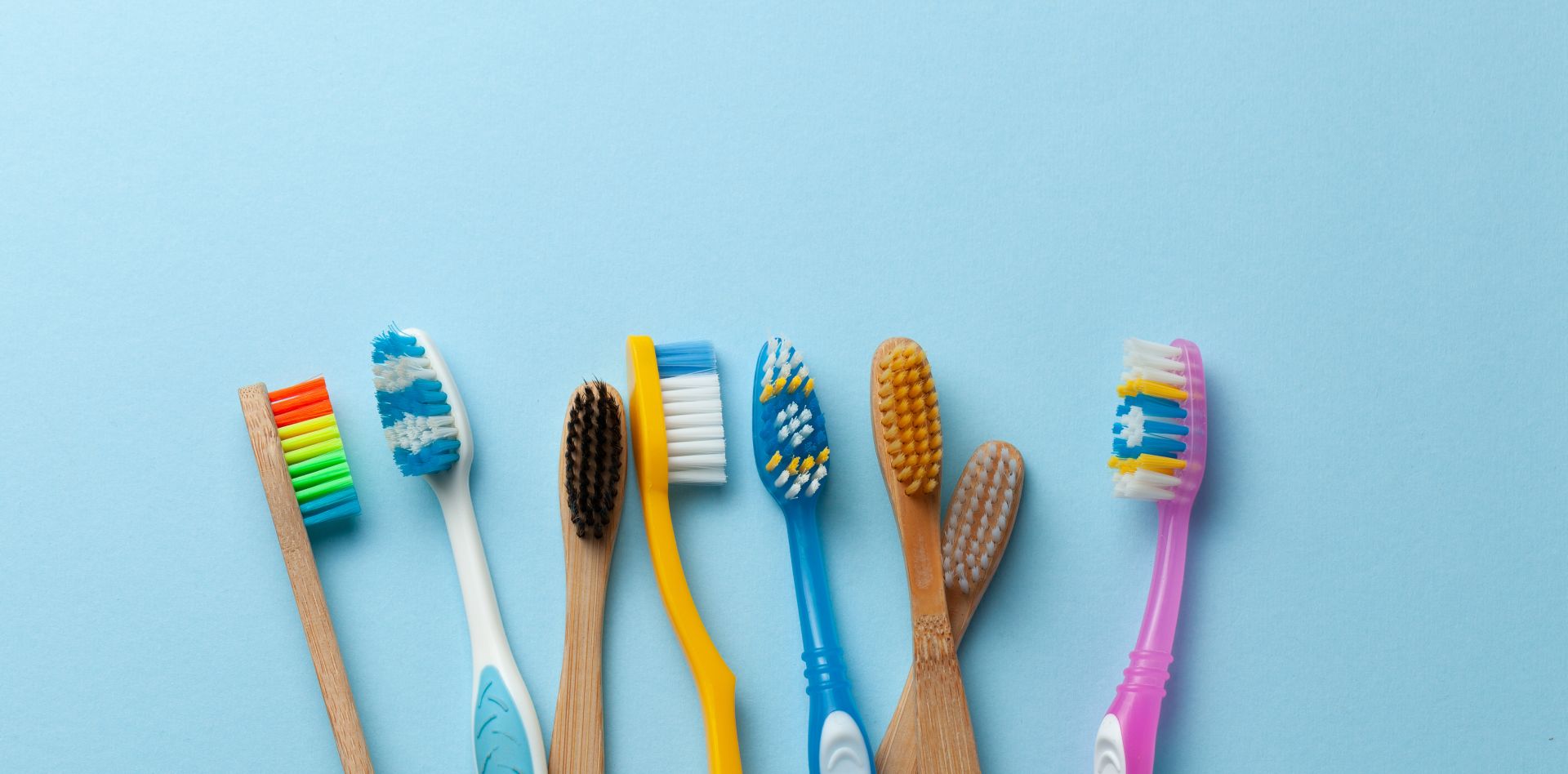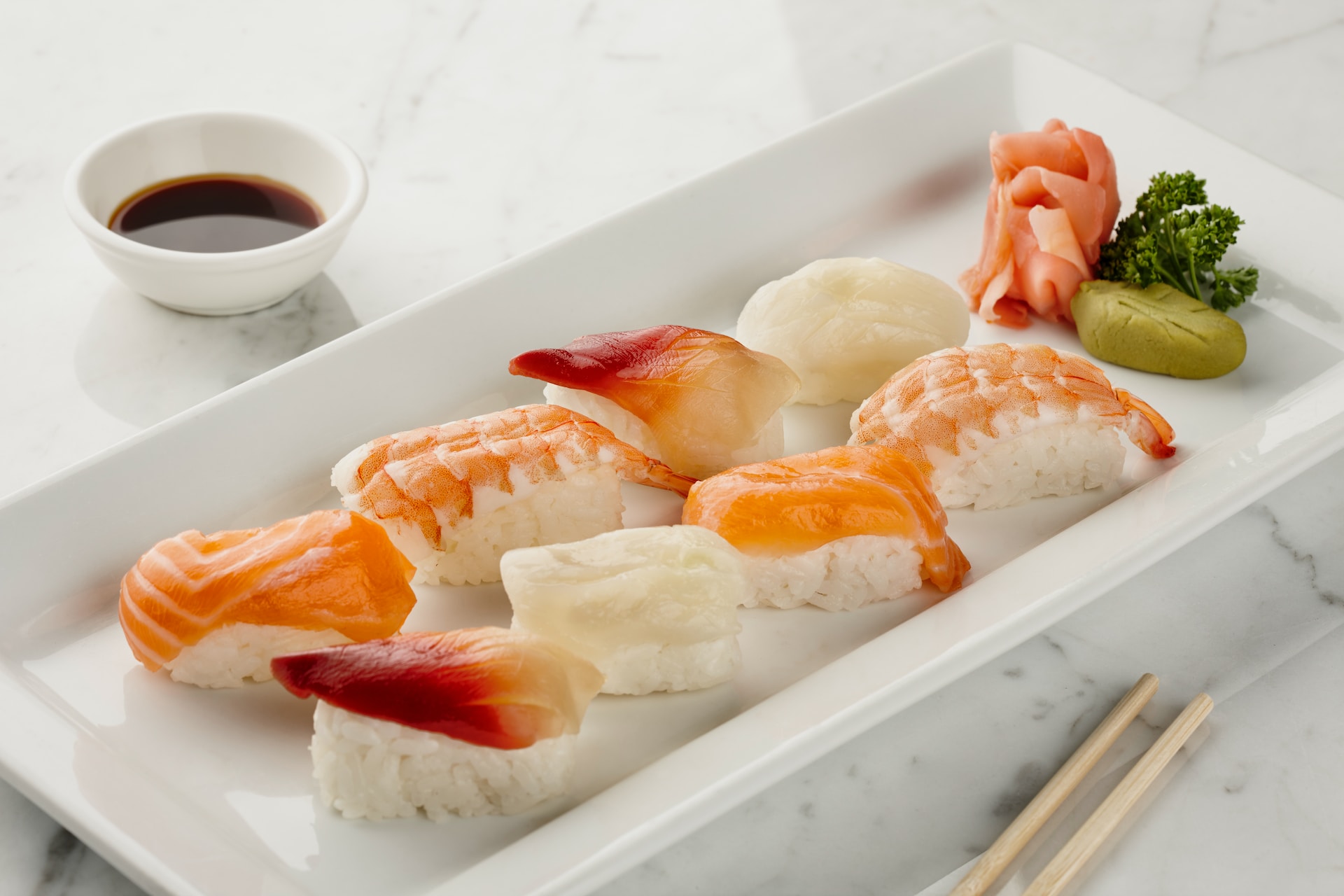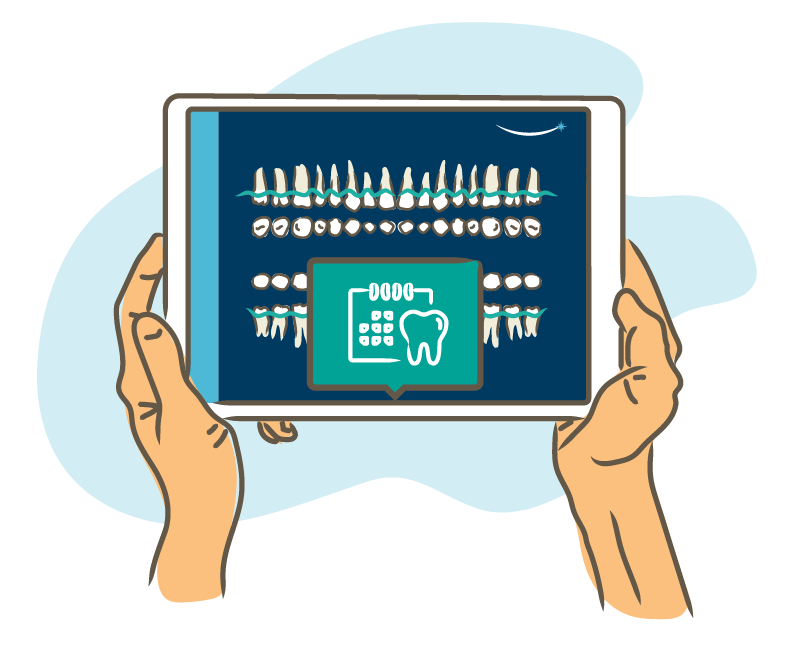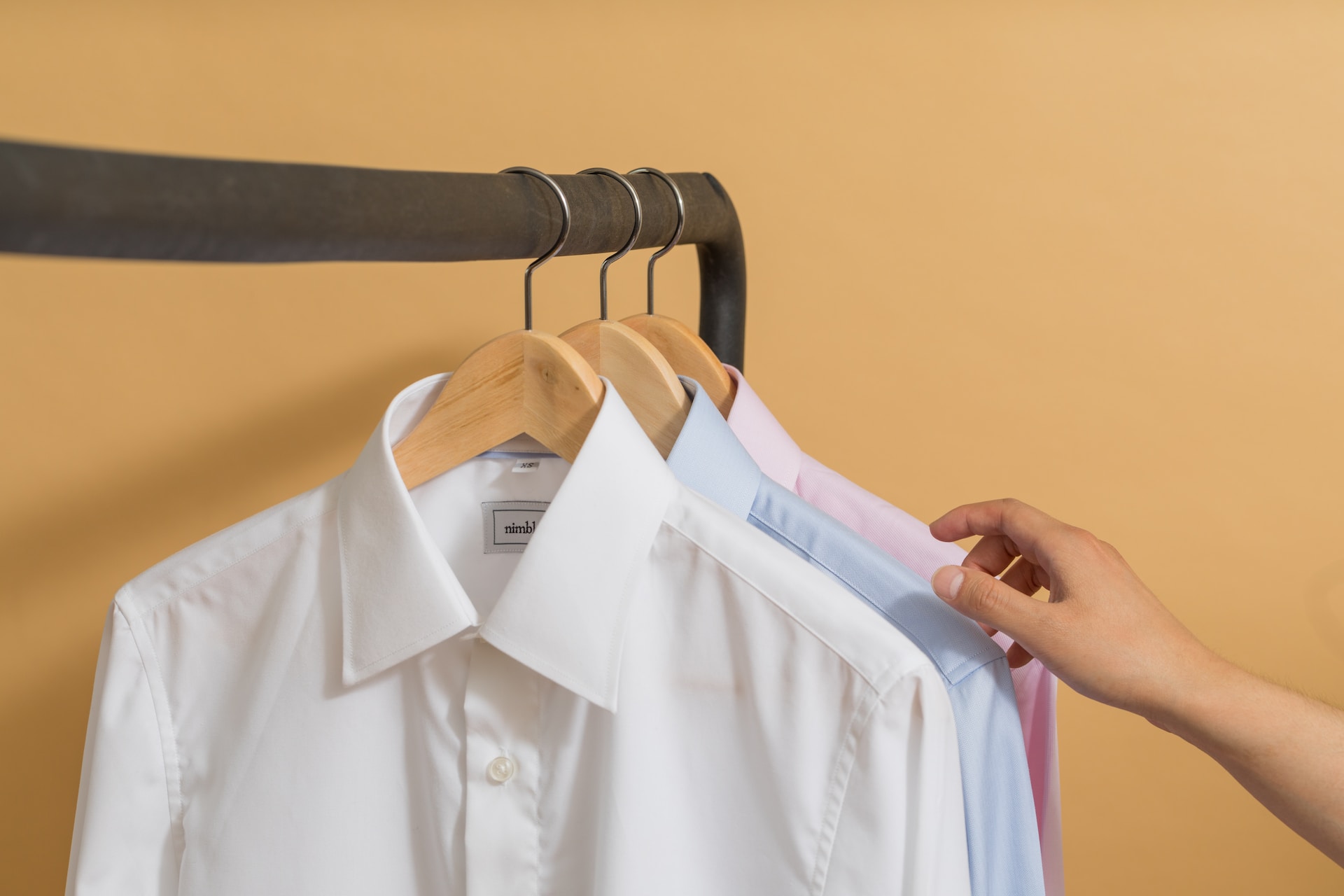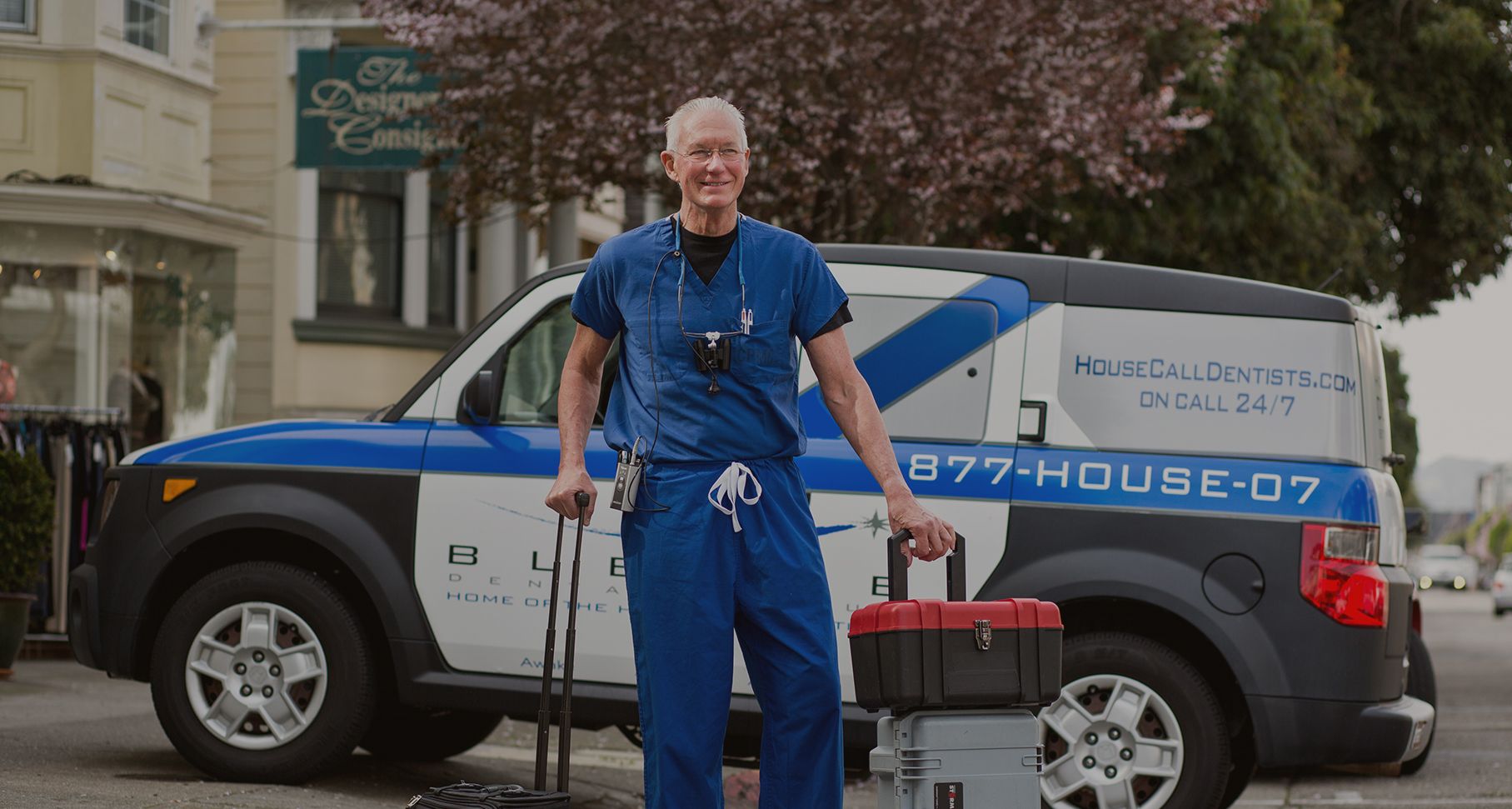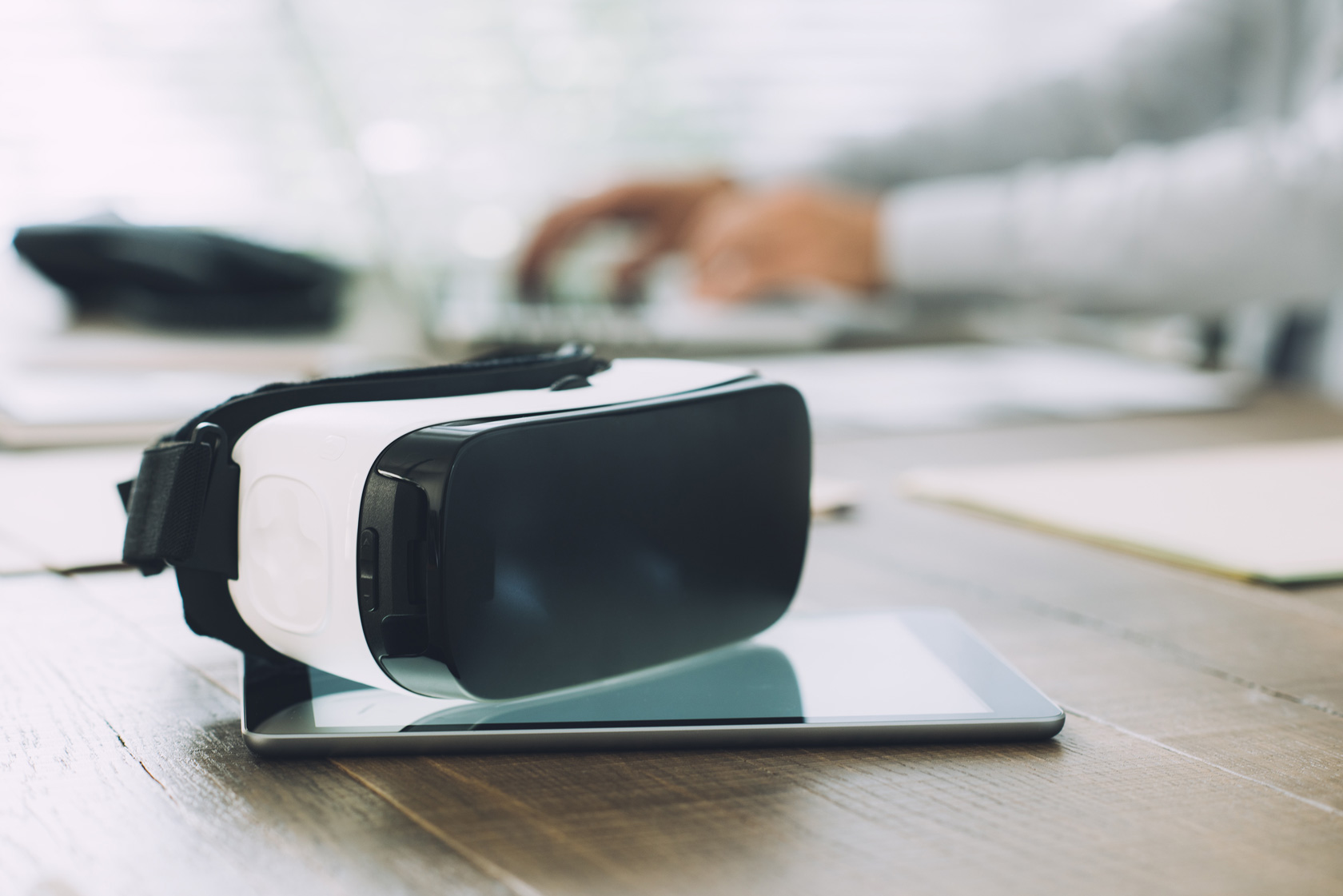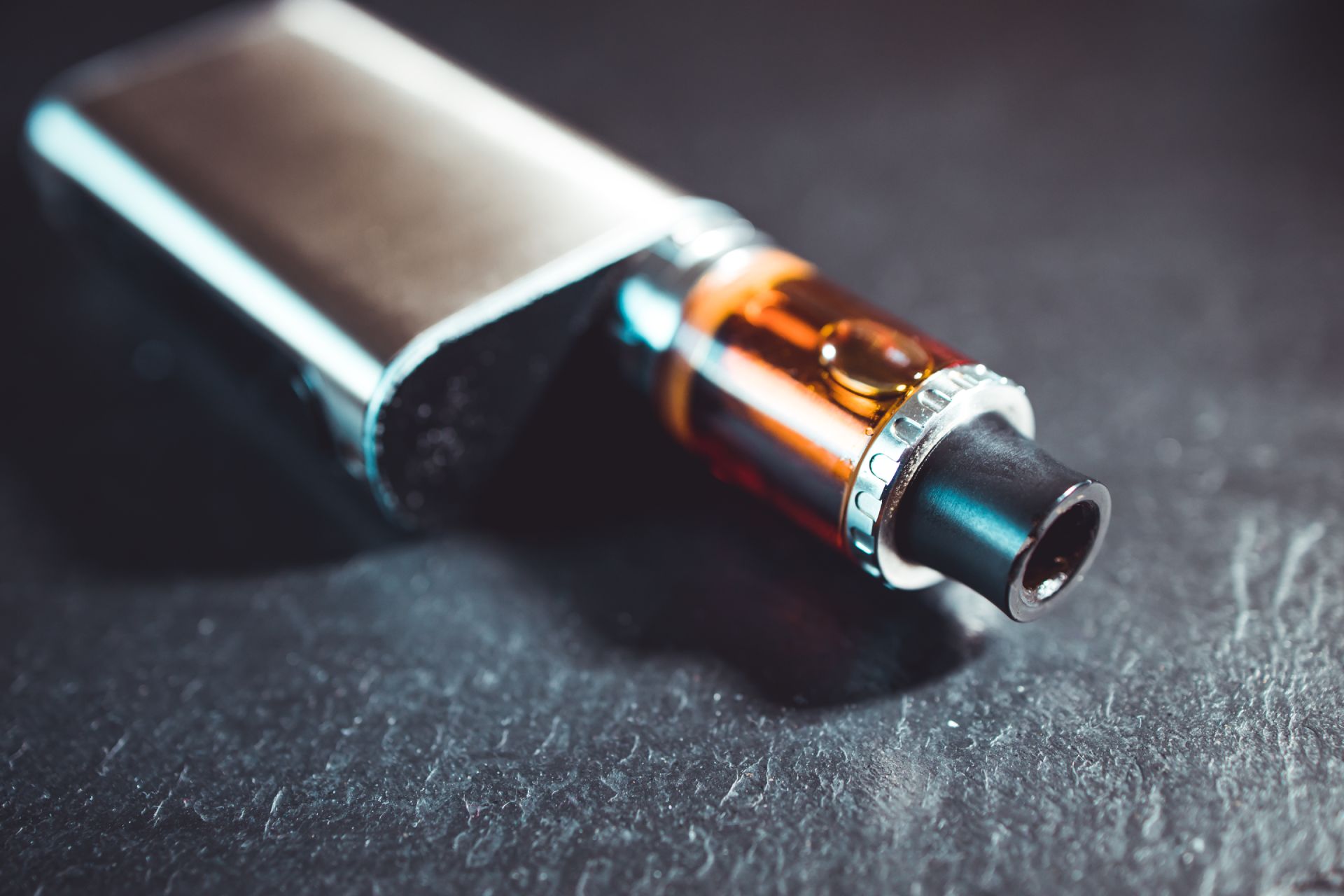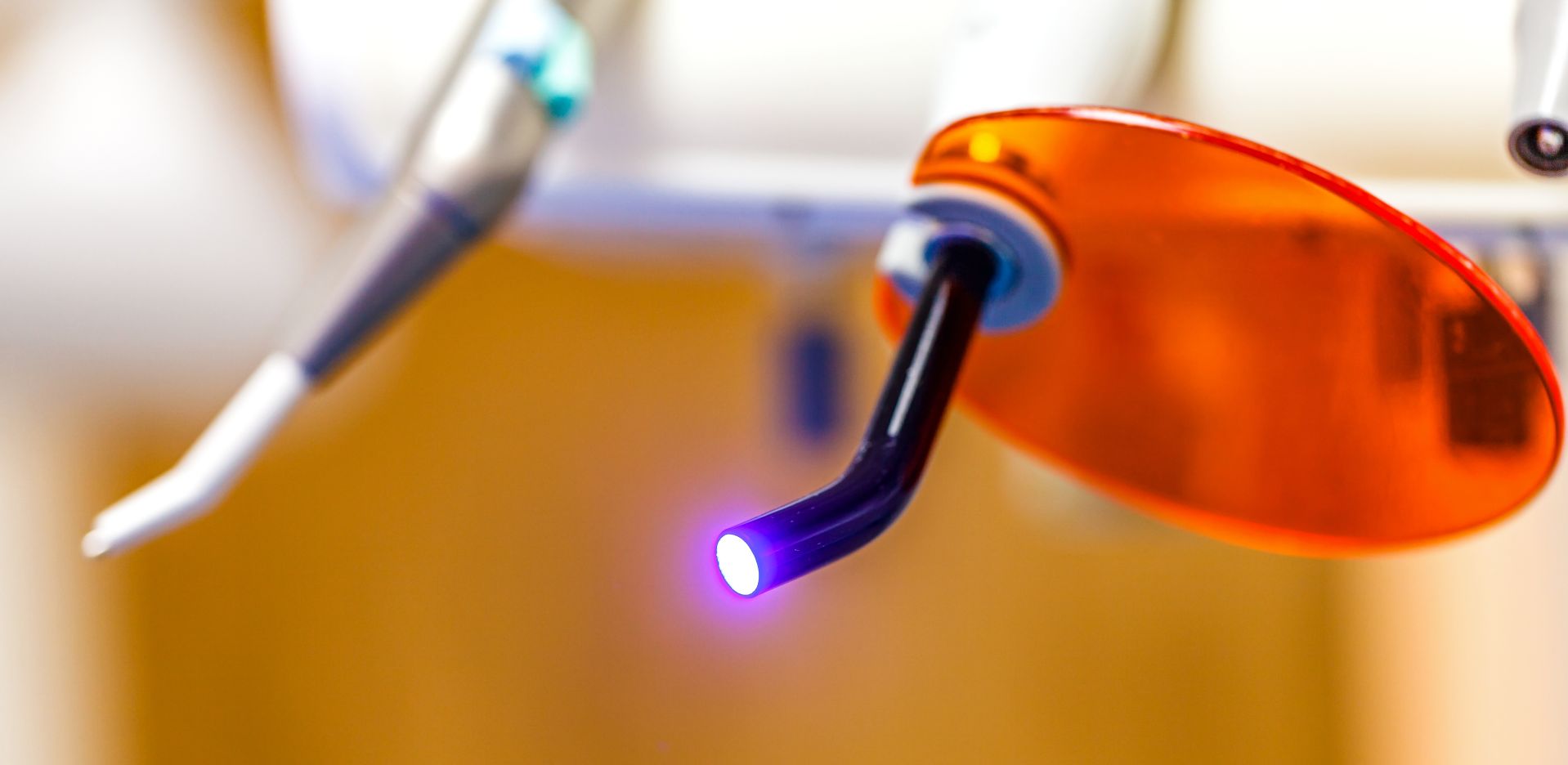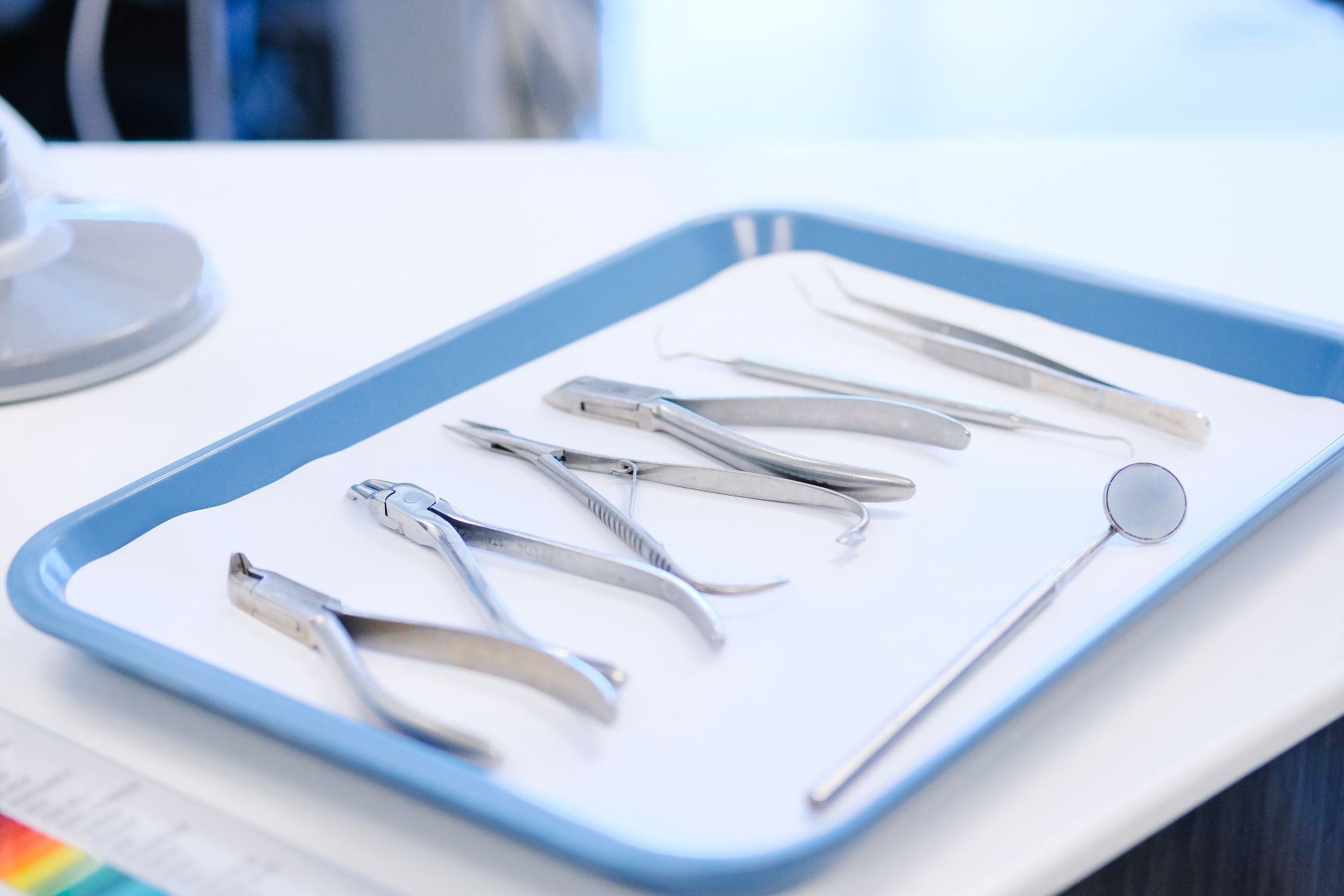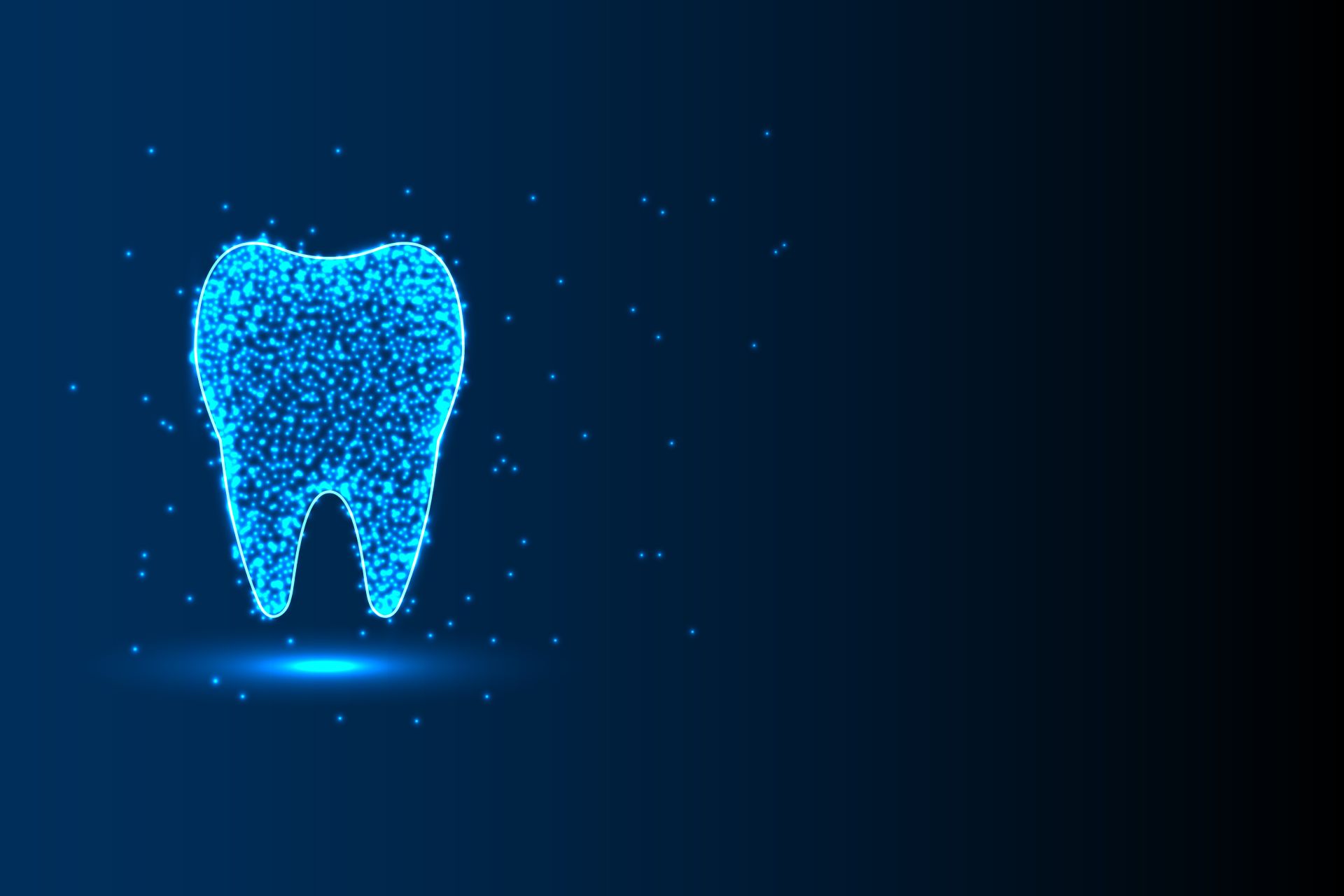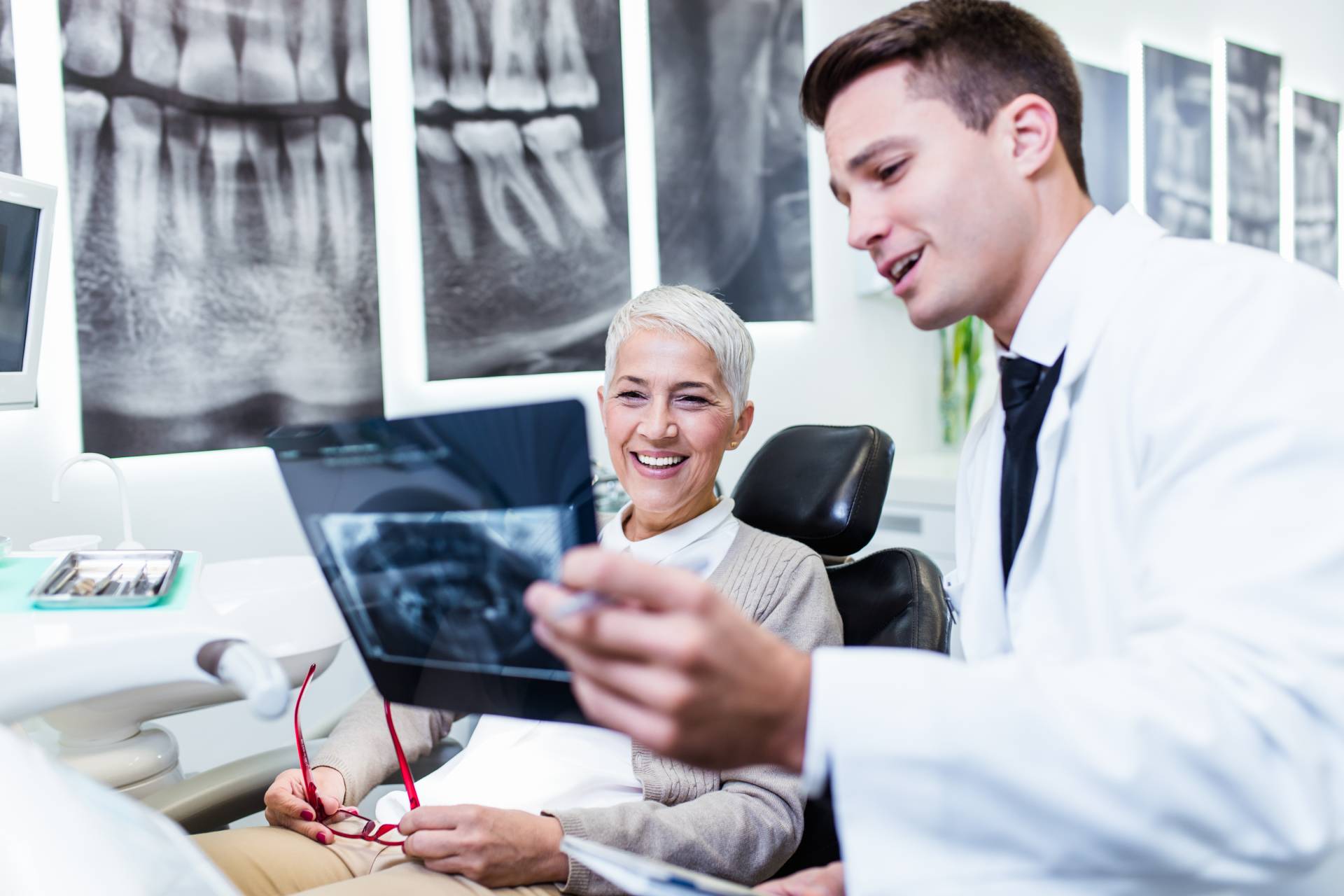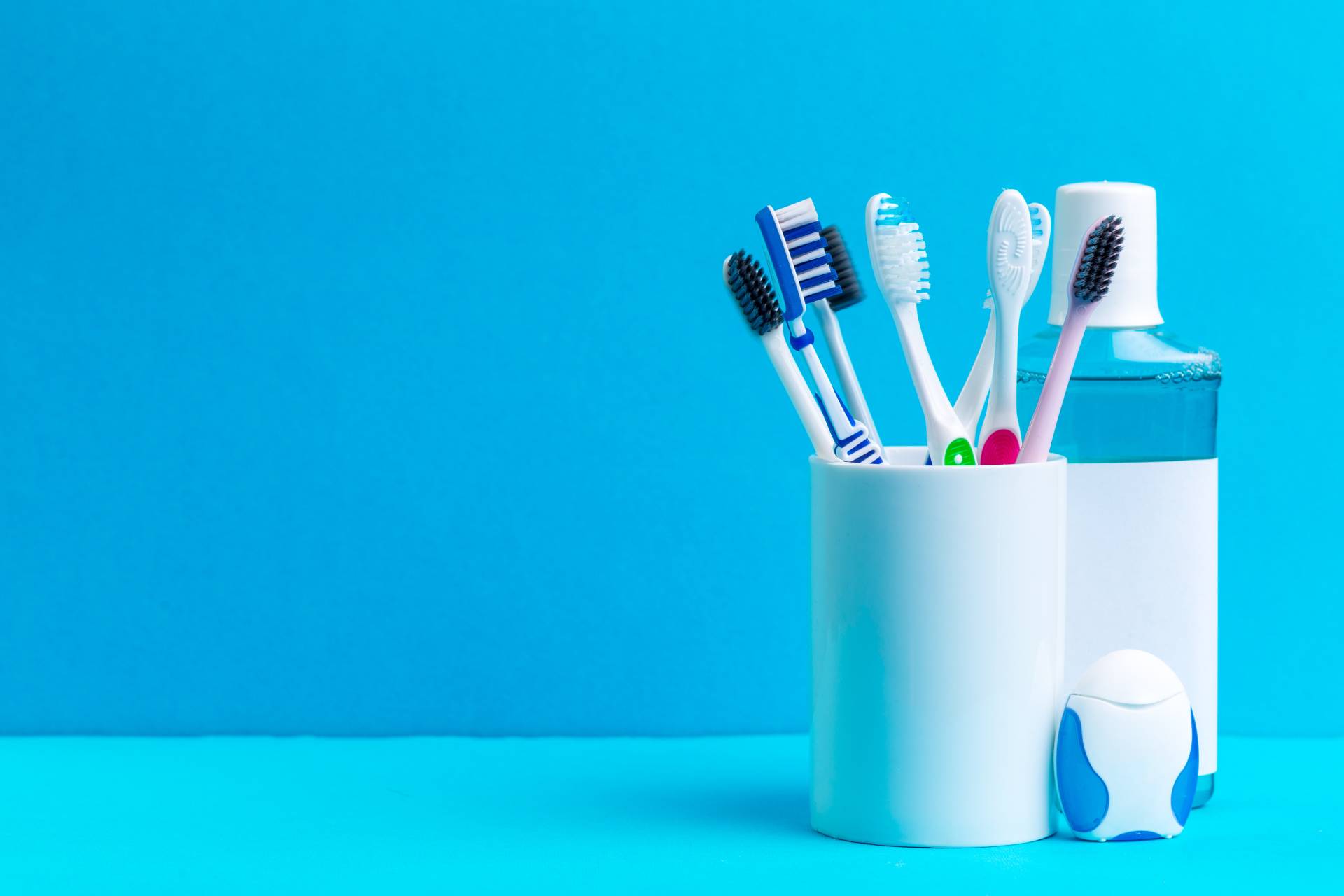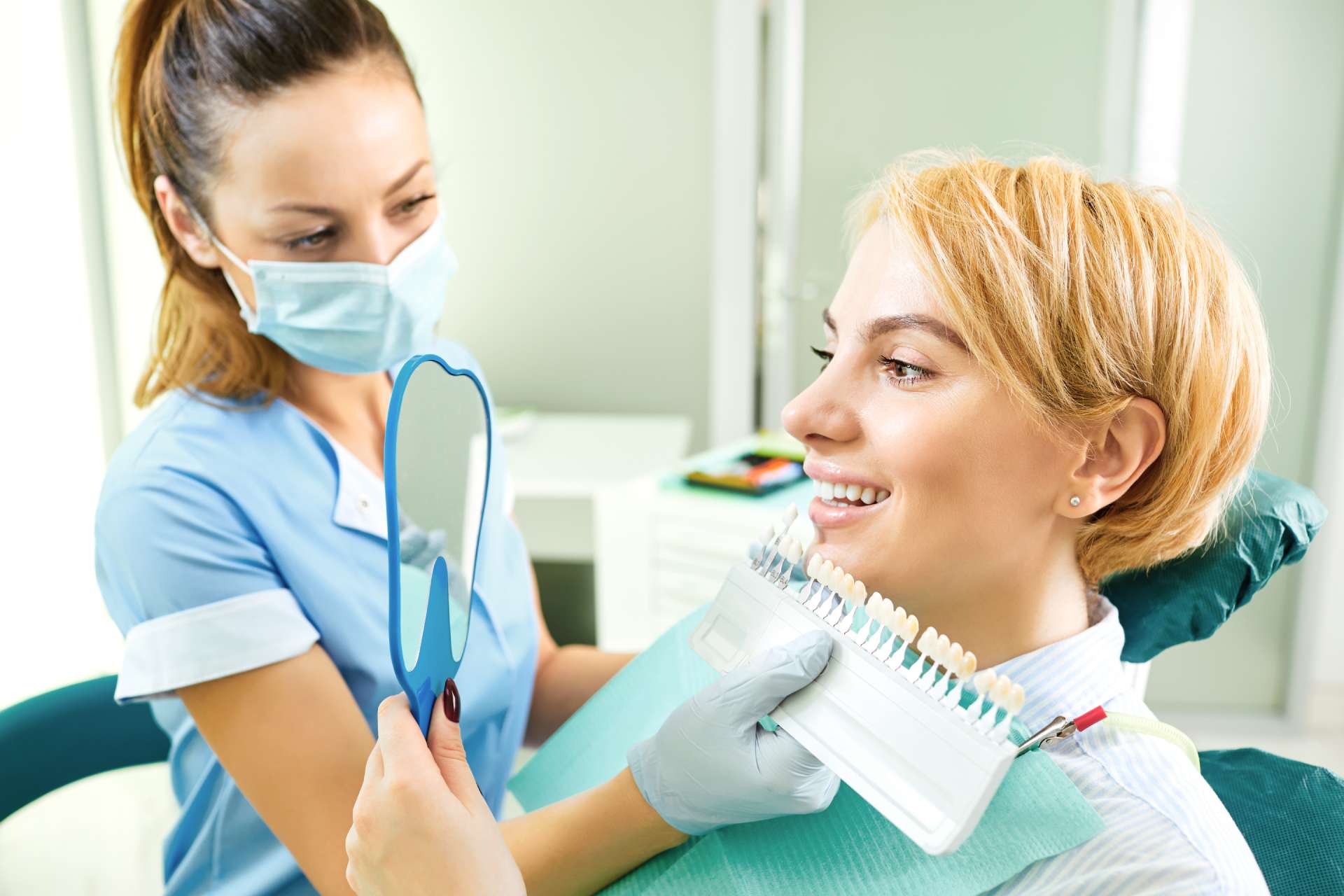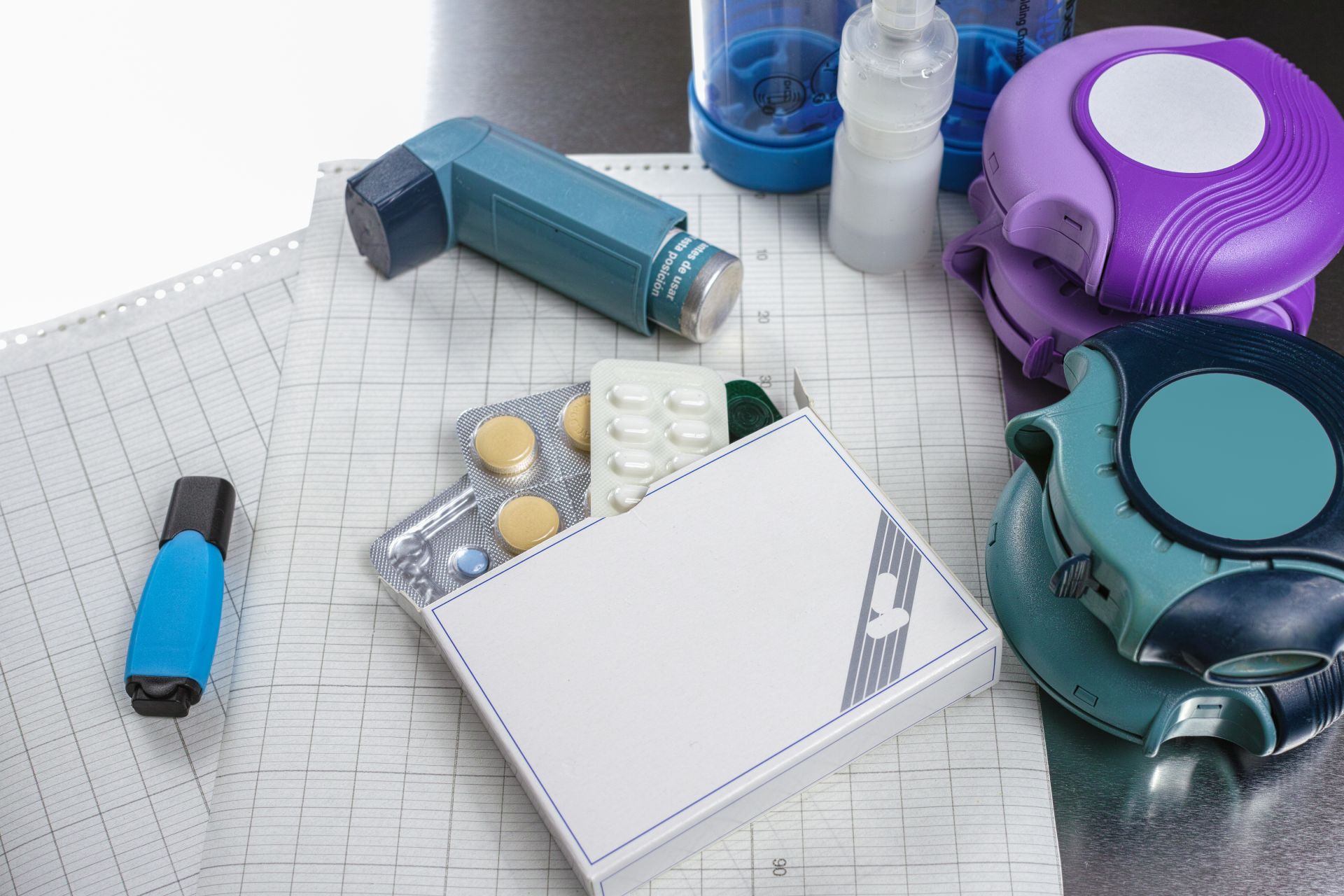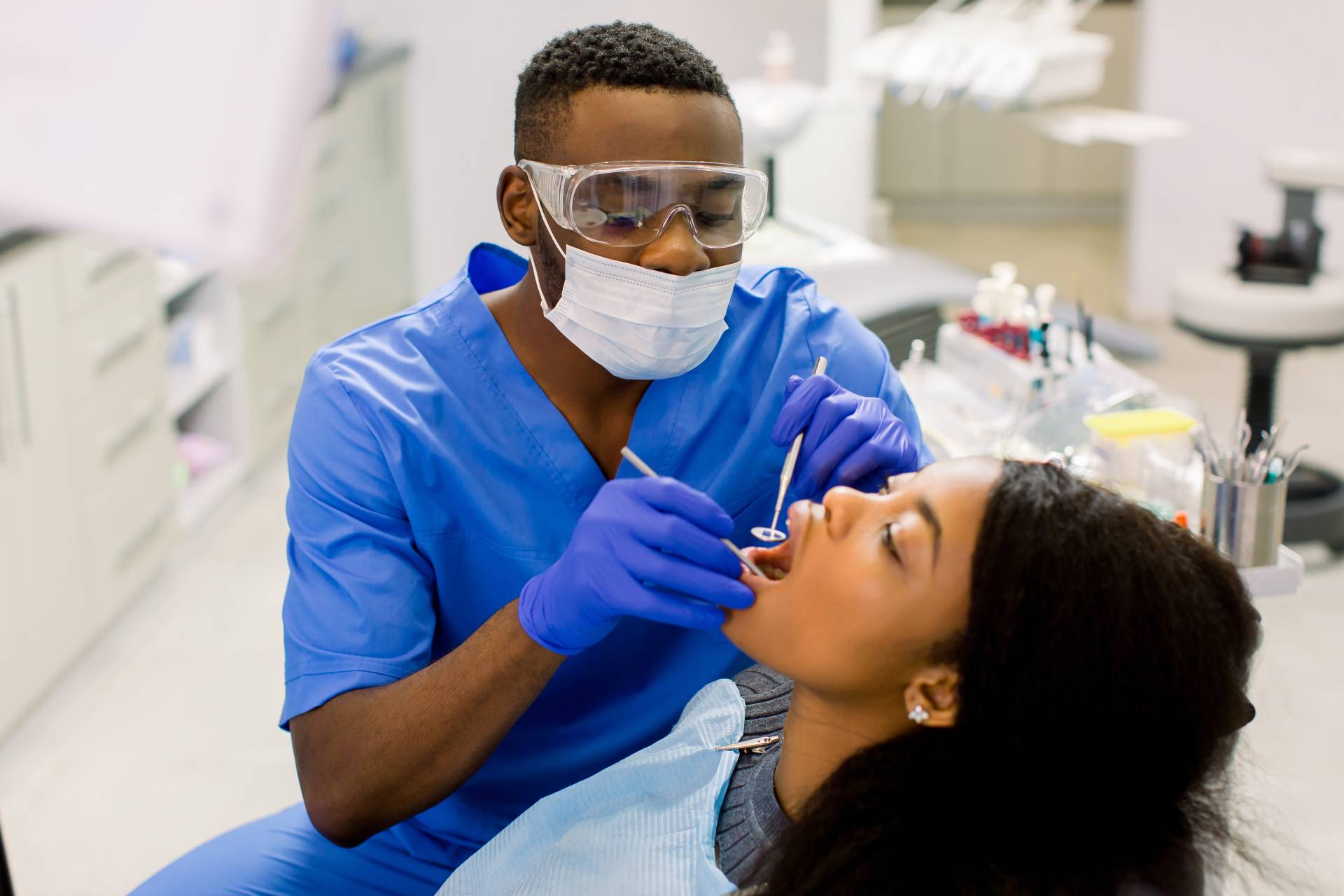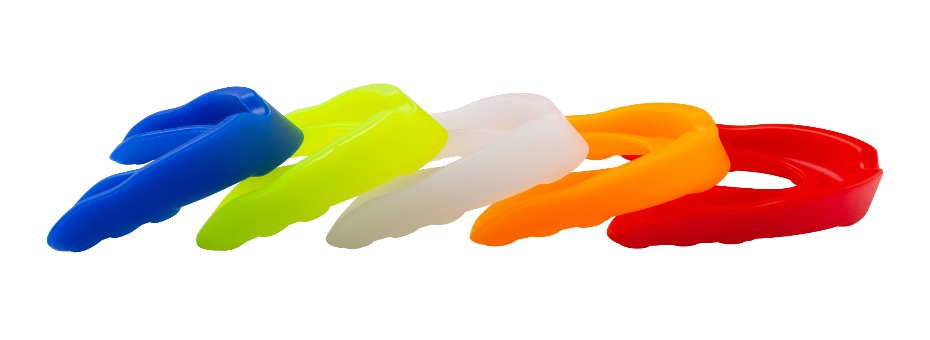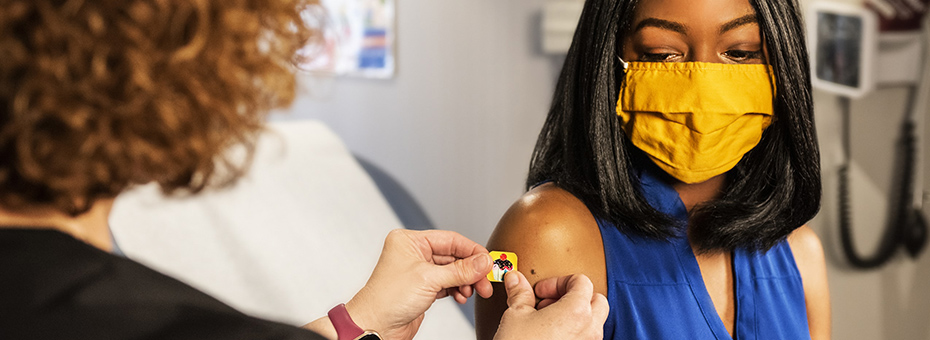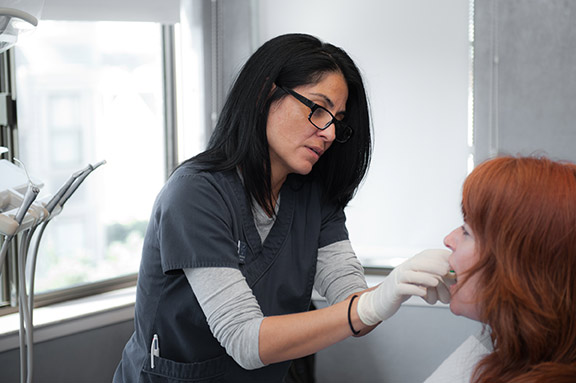All Posts
Looking for the Best Electric Toothbrush? Here Are Some Tips to Guide Your Decision
According to data from the Oral Health Foundation, 12 million Brits have switched to electric toothbrushes over the last five years. An estimated 34 million U.K. adults, 67% of the population, now use an electric toothbrush. In the United States, Consumer Reports says the figure is roughly 132 million people, citing research by marketing analysis firm Mintel. Obviously, there’s been significant growth in the adoption of electric toothbrushes (and a decline in poking fun at English smiles). That also means more products have appeared on the market. So the questions become: how effective are these devices, what differentiates them, and how do you decide which to use?
Are Electric Toothbrushes Effective?
In 2014, the Cochrane Oral Health Group carried out an independent review of studies dating back to 1964. Yes, electronic toothbrushes predate Sonicare, which was unveiled in the early 1990s. A random sampling of 5,068 participants found that “there was an 11% reduction in plaque at one to three months of use, and a 21% reduction in plaque when assessed after three months of use. For gingivitis, there was a 6% reduction at one to three months of use and an 11% reduction when assessed after three months of use.”
Dentist and vice-president of clinical development at Tend, Marc Schlenoff, also noted that these devices lessen the force applied to cleaning teeth and gums, which reduces the risk of gum recession and eroding tooth structures.
Another study, compiling 11 years of research, concluded that users of electronic toothbrushes displayed healthier gums, less tooth decay, and a tendency to keep their natural teeth longer than those who relied on manual brushing. Dr Nigel Carter OBE, CEO of the Oral Health Foundation, said this study backs up what smaller data have previously suggested: “Health experts have been speaking about the benefits of electric toothbrushes for many years. This latest piece of evidence is one of the strongest and clearest yet – electric toothbrushes are better for our oral health.”
“As the science behind the advantages of electric toothbrushes is mounting,” Dr. Carter added, “the decision whether to invest in one becomes much easier.”
Electric toothbrushes may also yield better results for certain groups, experts say. For instance, older adults, especially those with arthritis or limited mobility, might not have the dexterity to maneuver a manual toothbrush effectively. Powered brushes do much of the work and their larger handles are easier to grip.
All of that said, there is no reason for consumers to abandon traditional brushes. According to dentist and American Dental Association (ADA) spokesperson Dr. Ada Cooper, a manual toothbrush actually can deliver nearly the same dental hygiene benefits as an electric toothbrush, although many dentists and researchers believe the latter to have a slight edge.
What to Look For
Brush Movement
Not all electric toothbrushes are created equal. Brush movement is one of the major differences. The movements of electric toothbrushes tend to span three types: rotating, oscillating, and sonic. Rotating, or rotary, brush heads move in a circular back-and-forth motion, over the surface of the tooth. Oscillating indicates a brush that moves in a side-to-side fashion. Sonic toothbrushes, popularized by the Philips Sonicare brand, vibrate the bristles at high speeds, up to frequencies of 50,000 movements per minute. As to which movement is the best, conclusive research has not been determined.
Reporting on the “7 Very Best Electric Toothbrushes” for New York Magazine, Jenna Milliner-Waddell, Karen iorio Adelson, and Ambar Pardilla interviewed dental practitioners to get their takes.
Dentist Sharon Huang of Les Belles NYC explains that sonic toothbrushes use a sonic wave to dislodge debris all on its own, which she likes because it requires less force to get the job done. “The rotation mechanism, you actually have to touch the tooth and it’s rotating and it’s helping you clean it,” she says. “The sonic toothbrush has a sonic wave. So if you’re in the vicinity, and you’re not even touching your tooth, it’s supposed to be dislodging bacteria.” The sweet spot is a toothbrush that does it all, but orthodontist Janet Stoess-Allen, says that because teeth are curved, “rotating heads are more effective in getting to all sides of them.”
Bristles
All of the experts surveyed in the New York Magazine article agreed that hard-bristled brushes were best suited for “scrubbing grout from your bathroom tile.” They unanimously preferred soft-bristled brushes, particularly for people with sensitive teeth and gums.
Another reason to consider soft bristles is the power of electric toothbrushes. A 2017 study published in the journal PLOS One found that electric toothbrushes were more likely than manual to abrade dentin, the tissue directly below the tooth’s enamel, which can become exposed when enamel wears away or gums recede. Abrasions to the dentin increase tooth sensitivity and can hike cavity risks.
“For the study,” Consumer Reports explained, “researchers took dentin samples from teeth and then used a machine that simulated the effects of eight-and-a-half years of brushing. They found that sonic toothbrushes caused the most abrasion to the dentin, followed by oscillating, and that manual toothbrushes—especially those with rippled bristles—created the least… In fact, a gentle touch with a soft-bristled toothbrush—whether manual or electric—is the safest bet.”
Pressure Sensor
Some electric toothbrushes come equipped with pressure sensors, which beep or stop the head’s movement when aggressive brushing is detected. It’s not an imperative feature for most people who are evaluating what device to buy, but it can provide tremendous benefits for individuals who are switching from manual to electric toothbrushes for the first time.
Timer
To get the best results from your cleaning regimen, dentists recommend two minutes of brushing: 30 seconds for the fronts and backs of your upper and lower teeth. Many electric toothbrushes compensate for this by including a built-in timer that beeps or briefly pauses at the end of each 30-second interval.
Major Differences
As manufacturers compete in their attempts to reach consumers who now have more choices, they have introduced a wide variety of devices into the market. Apart from certain functional aspects, such as bristles and head movement (e.g., oscillating, rotary, sonic), the primary differentiators come down to a few characteristics:
- Aesthetics
- Features
- Cost
Aesthetics
Sure, a toothbrush is a practical device, but that doesn’t mean every person favors a utilitarian design. In many households, a toothbrush can double as a piece of bathroom decor. You’ll find whimsical and cartoon-inspired brushes for children, sleek and modern looking devices such as Quip, and colorful yet streamlined brushes from brands like Goby, which the New York Magazine reviewers described as “eye candy for your bathroom counter.”
Features
We’ve already discussed the core features of most electric toothbrushes, those that speak to functionality and effectiveness, but there are many other options manufacturers have added to bolster the appeal of their devices. Keep in mind, however, with increasing feature sets comes a spike in costs.
- Battery versus charging. Some people prefer the portability of brushes powered by battery rather than those that must charge on a stand or dock.
- Apps. Believe it or not, brushes like the Oral-B 8000 use Bluetooth technology to connect the device with an app on your phone. As New York Magazine explains, ”You can get real-time feedback on your brushing habits, help you know where you’ve brushed so you don’t miss a spot, and coaching to get you through the recommended two minutes. You can easily see this diagnostic report using the included phone holder that suctions onto the mirror.”
- Battery Life. Most brushes last about two weeks on one charge. Brushes such as Pro-Sys VarioSonic Electric Toothbrush have a prolonged battery life of one month on a single charge. For frequent travelers, this convenience could be an important consideration.
- Single Use. Not everyone is ready to leap headlong into the world of automated toothbrushes. For those looking to test the waters, there are non-rechargeable brushes on the market. A popular model is the Oral-B Pro-Health Anti-Microbial electric toothbrush, which offers a variety of colors and a low selling price.
Cost
Writing for Everyday Health. Caitlin McCormack explained that “electric toothbrushes cost as little as $5 for battery-operated units and up to $200 or more for feature-rich models, so there is a choice for every budget.”
Best Practices for Choosing an Electric Toothbrush
McCormack also offered solid advice on criteria to keep in mind when making purchasing decisions for electric toothbrushes.
- When shopping for an electric toothbrush, you’ll want a model that is gentle on gums, without sacrificing cleaning power.
- Look for a handle with a soft-touch grip, which will make the toothbrush easier to maneuver when cleaning all those hard-to-reach places where plaque can build up.
- Consider the replacement brush head options (and their cost) when selecting an electric toothbrush. The ADA recommends replacing the brush head at least every three months.
- A splurge-worthy benefit worth considering is a built-in, two-minute timer, which helps ensure that users brush long enough.
- Additional features such as pressure-sensing technology and adjustable program settings can help improve brushing technique, but aren’t really necessary.
Which Brush is Best?
The 16 dentists interviewed by New York Magazine came to the consensus, as did many dentists, that “choosing between Sonicare and Oral-B is like picking between a Mercedes and BMW. It’s mostly personal preference.” These two brands have earned the seal of approval from the American Dental Association.
Sonicare
- Sonic technology, modeled after ultrasonic cleaning instruments used by dental professionals, allows the brush to vibrate at such frequencies that plaque can be dislodged with little effort from the user.
- There are several models and price-points to meet the needs of many customers.
- Aesthetically, Philips has developed a compact model called Philips One to compete with newer, nimble brands like Quip and Burst, which promote sleek designs. That said, these two brands lack the same amount of research and development that Philips (Sonicare) and Braun (Oral-B) have devoted to their products.
Oral-B
- Oral-B uses rotary technology, which is modeled after the polishing handpieces used by dental professionals.
- The small, round brush head is more suitable for those with smaller mouths.
- There are several models and price-points to meet the needs of many customers.
- Oral-B models tend to emphasize travel and on-the-go options more than Sonicare.
In the end, dental industry professionals recommend these two brands. That said, brushing with any toothbrush, either manual or electric, is better than not brushing at all.
Let's brighten
that smile
The when and where are up to you.
